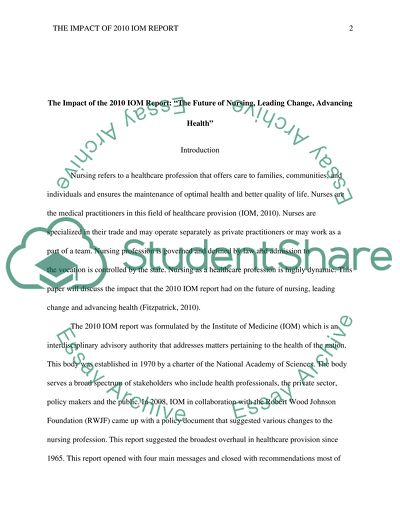Cite this document
(“The Future of Nursing, Leading Change, Advancing Health Essay”, n.d.)
Retrieved from https://studentshare.org/nursing/1449260-the-impact-of-the
Retrieved from https://studentshare.org/nursing/1449260-the-impact-of-the
(The Future of Nursing, Leading Change, Advancing Health Essay)
https://studentshare.org/nursing/1449260-the-impact-of-the.
https://studentshare.org/nursing/1449260-the-impact-of-the.
“The Future of Nursing, Leading Change, Advancing Health Essay”, n.d. https://studentshare.org/nursing/1449260-the-impact-of-the.


